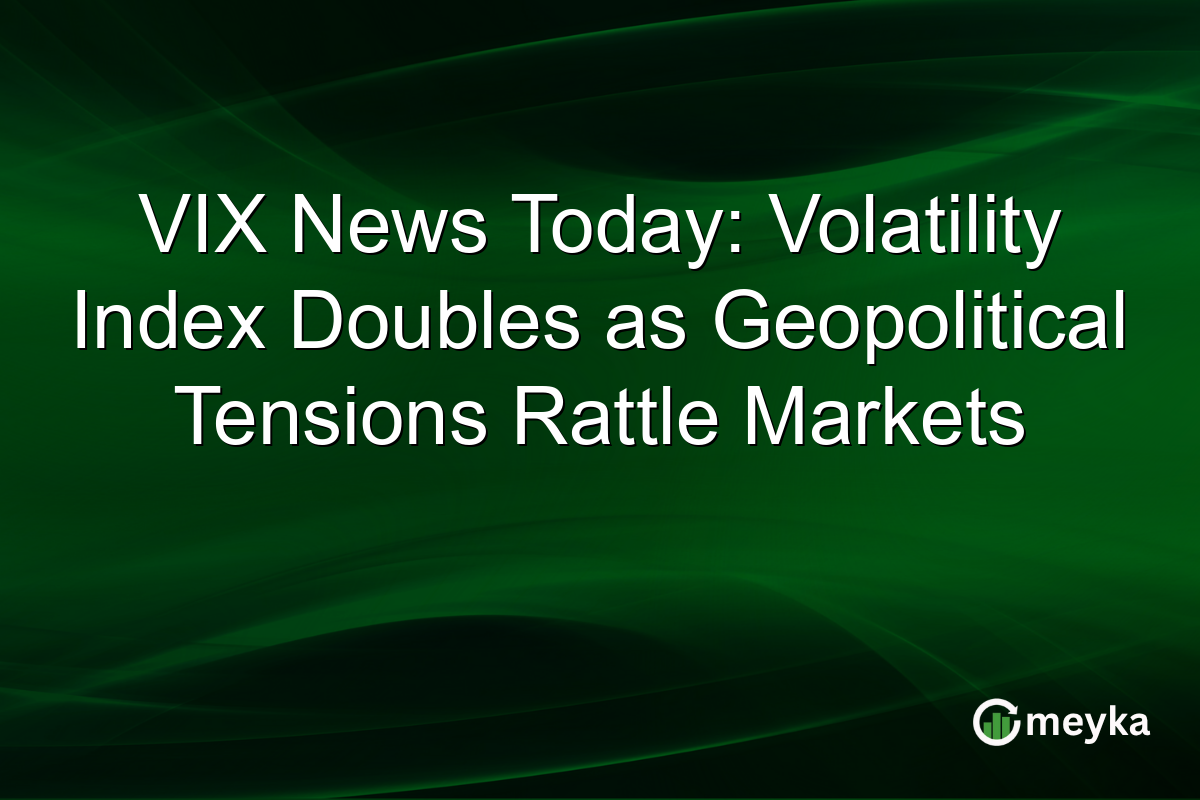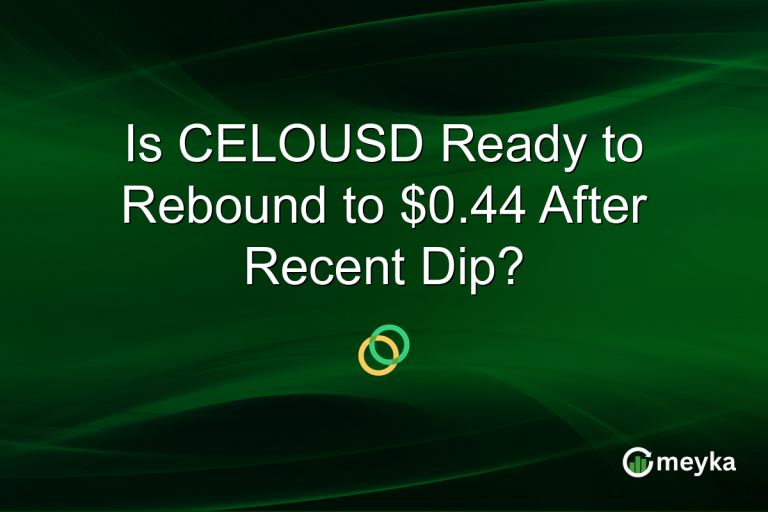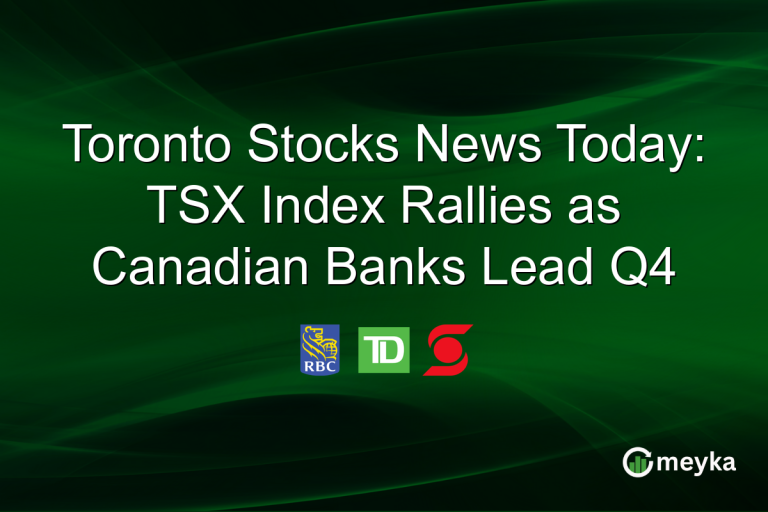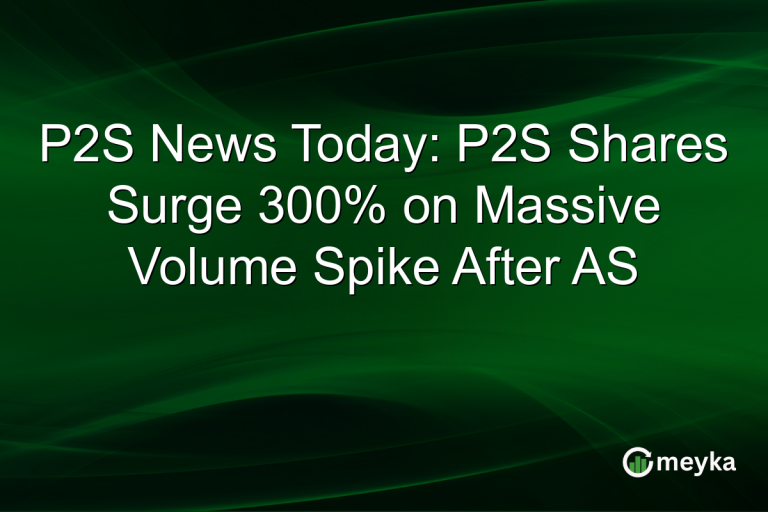VIX News Today: Volatility Index Doubles as Geopolitical Tensions Rattle Markets
The VIX, often dubbed Wall Street’s ‘fear gauge’, has seen a remarkable jump of 100% in just one day. This drastic rise signals escalating investor concerns driven by geopolitical tensions that continue to shake global equity benchmarks. The VIX, or Volatility Index, hitting such highs reflects the market’s anticipation of potential turmoil. As a key measure of market volatility surge, the index stands at 20.78 today after hitting a high of 28.99. This trend highlights the link between the VIX and S&P 500 correlation, crucial for investors navigating these turbulent waters.
Geopolitical Concerns Drive VIX to New Highs
Geopolitical issues have been escalating, leading to increased uncertainty across global markets. Events unfolding in Eastern Europe have sparked broader concerns about international relations. This has had a cascading effect on the financial markets, pushing the VIX soaring today. A crucial gauge of investor sentiment, the VIX’s jump suggests heightened anxiety among traders. For context, the index is trading at 20.78, highlighting a significant movement from its previous close of 25.31. Such spikes can serve as warnings for upcoming market downturns.
Read more on Bloomberg about the VIX surge.
Understanding the S&P 500 Correlation
The VIX often moves inversely with the S&P 500, making it a vital indicator for tracking market bearishness. When the VIX rises sharply, it often signifies that the S&P 500 is experiencing a sell-off. This pattern is a classic display of the investor fear index in action. As the VIX surged to 28.99 during trading, the S&P 500 faced downward pressure. Understanding this correlation helps investors manage risk and prepare for market shifts. Insights like these are crucial, especially as markets brace for potential headwinds.
Investor Sentiment and Market Reactions
The doubling of the VIX index reflects acute investor concerns. Many traders view this as a time to reassess their portfolios. Market influencers and analysts are closely monitoring these developments. Sentiments shared on platforms like X suggest growing caution among retail investors. The rising VIX also indicates that institutional investors are hedging against potential losses. This tactical approach could mean increased volatility in options and derivatives markets, presenting both challenges and opportunities.
Technical Indicators and Market Forecasts
Today’s VIX movements are accompanied by interesting technical signals. The Relative Strength Index (RSI) stands at 74.17, indicating an overbought condition. Moreover, the Moving Average Convergence Divergence (MACD) shows a strong trend, reinforcing market volatility surge predictions. Looking ahead, forecasts suggest a potential return to lower levels, with the weekly target at $14.32. However, short-term volatility is expected to persist, making precise timing crucial for investors.
For real-time financial insights, platforms like Meyka offer AI-powered analytics, providing investors with crucial data-driven predictions.
Final Thoughts
In conclusion, the recent spike in the VIX underscores significant market unease due to ongoing global geopolitical strains. This uptick serves as a barometer for traders attempting to navigate their strategies in uncertain times. By observing the VIX and its relationship with key indices like the S&P 500, investors can gain valuable insights into market sentiment and potential volatility. Utilizing platforms like Meyka can further aid in making informed decisions by offering advanced analytics. Going forward, maintaining awareness of both geopolitical developments and market responses will be crucial for strategic investments.
FAQs
A rising VIX signifies increased market uncertainty and fear. It often correlates with potential downturns in equity markets, guiding investors toward strategic risk management.
The VIX typically moves inversely to the S&P 500. A sharp increase in the VIX often suggests a sell-off in the S&P 500, highlighting investor anxiety and potential market strain.
The VIX’s current price is 20.78 with notable volatility indicators like RSI at 74.17 and ADX at 35.91. These suggest a strong trend and overbought conditions, implying ongoing volatility.
Disclaimer:
This is for information only, not financial advice. Always do your research.






